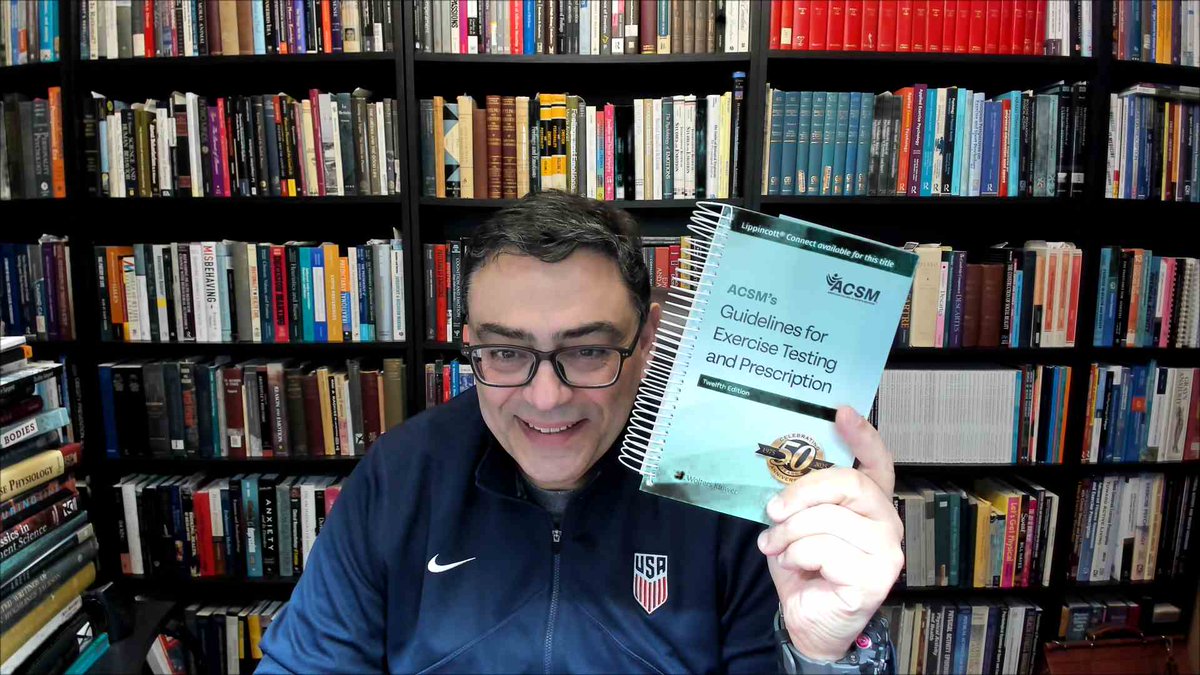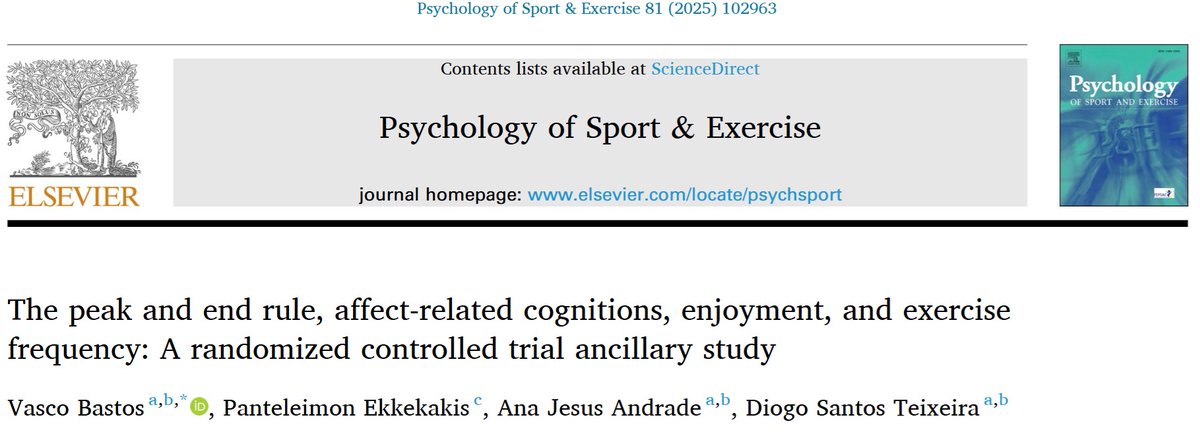
Manos Georgiadis
@drmangeorgiadis
Sports, Exercise, Fun, Optimism, Health and Well-being. Because life is full of fun stuff to discover.
ID: 313345369
08-06-2011 14:27:50
949 Tweet
209 Followers
335 Following

Very #important #researchperspective. It seems that #borntorun book by Christopher McDougall is right Panteleimon ("Paddy") Ekkekakis

#exciting Great to be member of the #successful #team 👌👏🏼💯 University of Suffolk Research University of Suffolk UOS Alumni University of Suffolk English


#Proud to be led by Stuart during my Masters and PhD #degrees Stuart Biddle #research #researchexcellence


Wise words Panteleimon ("Paddy") Ekkekakis thank you for sharing

#Congratulations Jasmin Taylor it is always great working #together GB Telemark FIS Telemark Team GB University of Suffolk UOS Alumni UOS Psychology UOS_Sport Science University of Suffolk Research

And many more to come Panteleimon ("Paddy") Ekkekakis. It is a #seminalpaper & #influential in many respects.



Very well told Panteleimon ("Paddy") Ekkekakis. The Ferrari book is coming. Simplified and frequent messages may prove productive. #betheferrariyoualwayswanted


Am I the first to hold the 12th edition of the American College of Sports Medicine guidelines?


Another important #study showing importance of #low & #moderateintensity of #exercise for #longevity and #cancerprevention. #Evidence supporting Panteleimon ("Paddy") Ekkekakis #dualmode #theory of #affectiveresponses to #exercise #exercisepromotion Panteleimon ("Paddy") Ekkekakis Stuart Biddle pubmed.ncbi.nlm.nih.gov/40139674/

Please, join our highlighted symposium at the American College of Sports Medicine meeting in Atlanta (Wed, May 28, 1:00 – 2:30p), on how behavioral science can help optimize physical activity messaging and communication. Also featured Carol Ewing Garber, Michelle Segar, and Chloë Williamson




In this paper, with Vasco Bastos, Ana Andrade, and Diogo S. Teixeira, we tackle the difficult problem of how to best quantify the affective response to a complex real-world exercise session by using a single summary indicator. We examined how well the affective "end" and "peak,"






